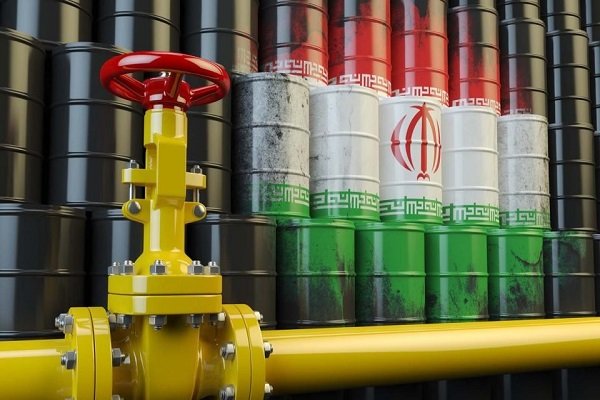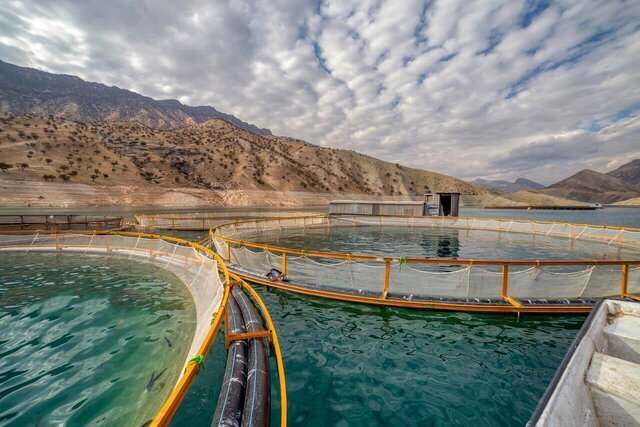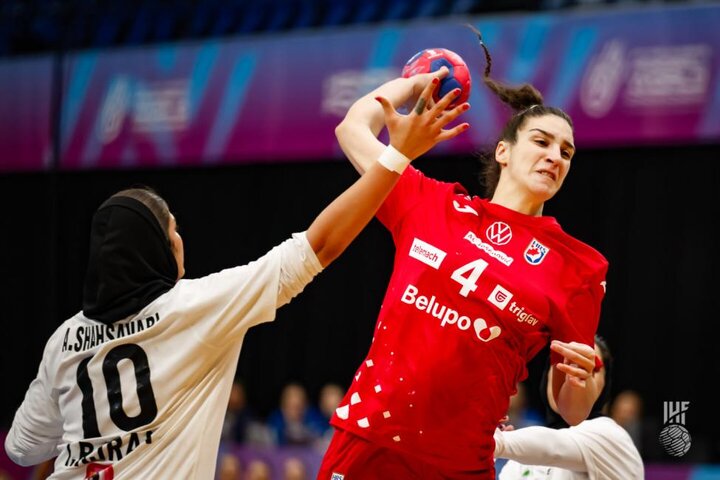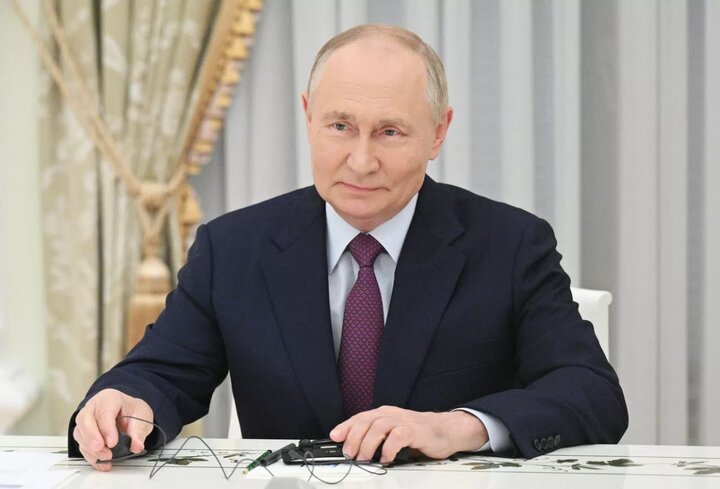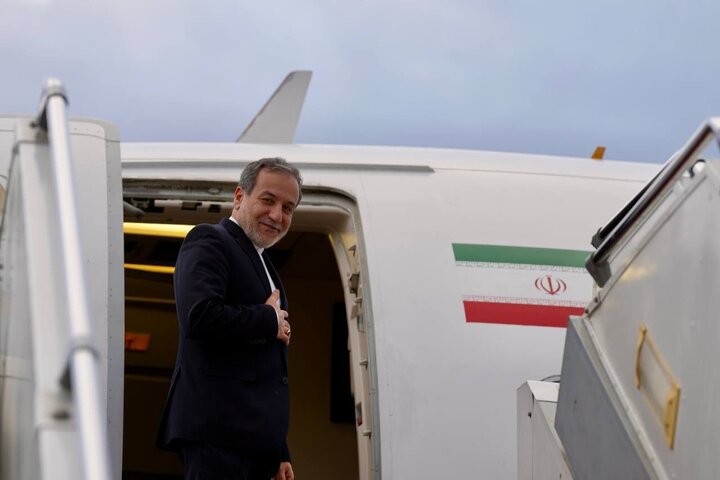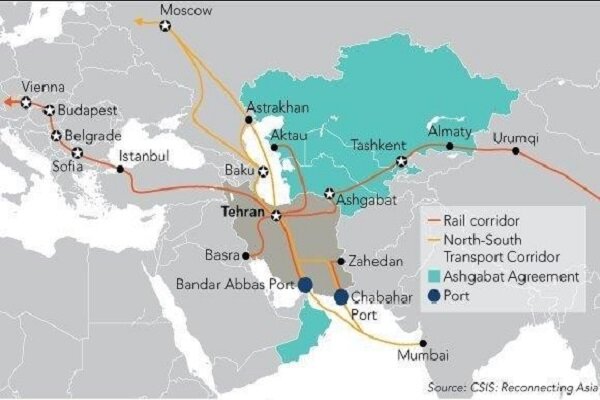
Geographically, Iran’s territory particularly the only ocean Port of Chabahar is very strategic for activation of the International North-South Transport Corridor (INSTC) in linking India to Russia.
Established in 2000 by Iran, Russia and India, this 7,200-km-long Corridor works as a multi-modal network of ship, rail, and road route for moving freight between India, Iran, Azerbaijan, Russia, Central Asia and Europe.
The INSTC is an important transport agenda which is expected to considerably boost the transit and trade of Iran and Russia with the countries of the Caspian Sea and the Persian Gulf.
Since 2000, there have been numerous efforts and negotiations on the part of member countries to activate this route.
The first train along the INSTC arrived in Iran in July 2022, and later in September, the second train entered Iran through Sarakhs Border from Russia to the destination of India. From Russia, the transit train proceeded through Kazakhstan and Turkmenistan passing 4000 km, then entered Iran through Sarakhs Border. Along the eastern part of the INSTC in Iran, the train passes 1600 km to reach Shahid Rajaee Port in Bandar Abbas. The destination for this shipment was India and South Africa through sea, according to the Islamic Republic of Iran Railway Company.
Freight transit through Iran’s territory lasts almost a third of the previous route from Russia to India through the Black Sea.
Basically, the most important agendas for Iran and Russia’s transport cooperation are the International North-South Transport Corridor (INSTC) and the completion of the Rasht-Astara Railroad.
Last month in May, the agreement for financing the construction of the Rasht-Astara Railway was signed between Iran and Russia. As per this agreement, Due to the importance of the INSTC for international transit in the region, Russia has been determined to finance this railway project with approximately €1.6 billion in investments. This project is expected to be constructed within 48 months.
The 162-km Rasht-Astara railroad has been one of the two missing rail links along the International North-South Transport Corridor (INSTC) its completion is vital for regional rail transit.
The INSTC and Chabahar Port are similarly important for India. Last year in August, upon the decree of India’s Prime Minister, Narendra Modi, Iran and India’s transport Ministers met in Tehran to expand the role of Chabahar Port in regional transit and trade.
The Indians tried hard to promote the position of Chabahar Port for higher connectivity, particularly among the CIS countries as Mumbai hosted the Chabahar Day conference on July 31, 2022, to mark the Chabahar link to International North-South Transport Corridor (INSTC) connecting Central Asian markets.
DAY/PR
